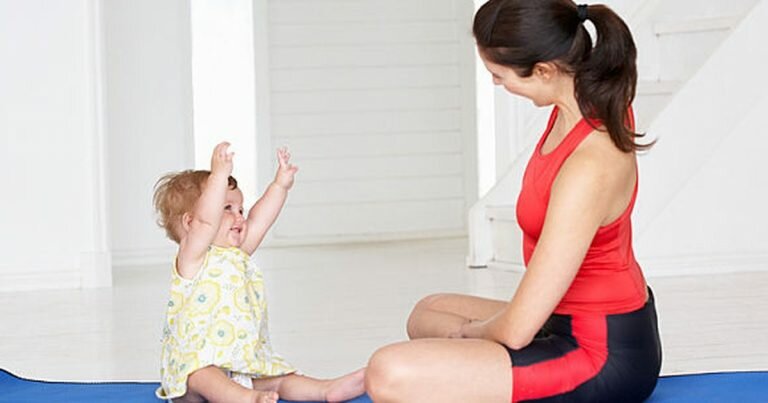Postnatal Exercise
By Brooke Fletcher
So, you have given birth and now you are thinking about when you can get back into some form of training; but you don’t know where to start?
Firstly congratulations! When starting back your exercise there are a few checkpoints you need to consider along the way such as how you gave birth, length of labour and your recovery to date.
This all may seem a bit overwhelming and there are many different resources available to look though which, not only can be overwhelming but is probably the last thing you have time for with a newborn, so I’m here to help simplify this for you.
If we are looking at a timeline, the first period is the time from when you leave hospital to around the 6 week mark. During this time if you have had a normal vaginal birth, it’s recommended to begin some pelvic floor muscle training and walking.
Light exercise can also be introduced if all is feeling comfortable but only under the guidance of a healthcare professional.
If you have had a caesarean it is recommended that you refrain from exercise for this period due to the healing process and again please consult with a healthcare professional before resuming.
At the 6 week check in it is always best to run through your exercise plan with your doctor. If you are experiencing any pelvic-girdle pain and/or, lower back discomfort this can be taken into consideration but the underlying cause needs to be noted, along with the strength of your pelvic floor.
If you have been exercising throughout your pregnancy you should have a good base level of fitness to return to. If you are starting out or recommencing having not exercised throughout your pregnancy it is recommended to start at a low intensity and progress from there.

Due to changes that occur throughout pregnancy, be it postural, abdominal, pelvic floor or other ligaments being stretched, it is important to build up these areas before jumping straight back into what you may deem as your ‘normal’ training regime. Firstly, there should be a focus on the core (not the outer layer doing 100’s of sit ups to aim for a ‘firm stomach’ again post baby but your deep stabilisers and pelvic floor). Then should come a focus of large muscle groups with correct activation and recruitment.
There are some things to note during or after sessions if you are exercising correctly.
- You should not see any ‘doming’ or bulging of your abdominal region
- You should not feel any heaviness or decrease in function of your pelvic floor
- No clicks in the back or pelvis
- No soreness that isn’t related to normal muscles soreness
*If you are experiencing any of the above it is best to consult with a health care professional regarding your exercise.

You may be thinking, this is all sounds too much and I am perfectly happy not trying to exercise and juggle a newborn, however there are some great benefits to starting your exercise regime.
These include:
- Managing your maternal weight as a retention of this weight can lead to an increased risk for cardiovascular disease, type 2 diabetes and obesity later in life.
- Increase or regain strength to help with motherhood i.e. lifting, holding and carrying
- Maintenance of core stability and postural control: Your abdominal wall goes through a lot throughout pregnancy so it is important to rebuild to increase its function. This also ties in with postural control. Your centre of gravity will have changed throughout pregnancy and once you have given birth. Exercise can help improve your postural control and alongside your core and pelvic floor can also help decrease lumbar and pelvic pain.
- Reduces incontinence through targeted pelvic floor exercises.
- Helps with mental health: There is growing evidence that exercise can help decrease postnatal depression
- Blood pressure: exercise helps to lower blood pressure which can rise up to 3 weeks post delivery
- Maintenance of bone density: there is research that a woman’s bone density can decrease over pregnancy, so recommencing exercise is important to maintain bone density levels
- Sleep, fatigue and general health and well-being: By exercising studies show that this helps with sleep, decrease fatigue (minus some interruptions from a newborn) and overall health lowering other risk factors that are usually seen with increased exercise.
If you are looking to start back at exercise following giving birth and you aren’t sure where to start or if you have heard mixed messages, then an Exercise Physiologist is here to help and guide you. Whether you have had a smooth sailing pregnancy and birth or if you had a few complications or hiccups on the way, we are here to help you get back into some form of exercise and to make sure you are exercising in the best and most beneficial way for you. If this is you, get in touch with one of our exercise physiologists today to organise a complimentary consultation on how we may be able to help you.
Brooke Fletcher
Accredited Exercise Physiologist
